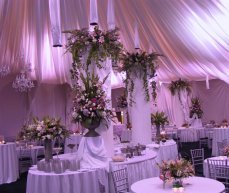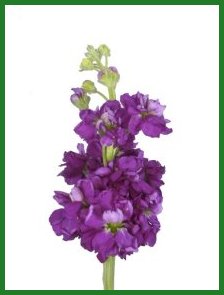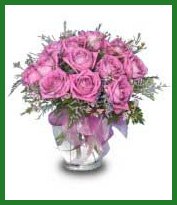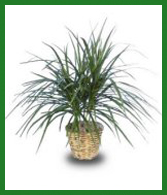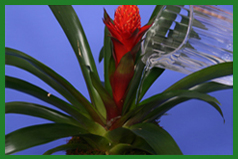December – the season of snow, gift giving, seasons greetings yuletide and all that jazz. It is also the time to hang your Christmas wreath. One of the most festive and personalizing displays at Christmas time is the holiday wreath. Basically, there is only one way you can do the nativity scene (it’s not like you can leave out the three wise men or place baby Jesus in a majestic Victorian cradle). However, a Christmas wreath has endless possibilities for personalization. Look at the houses down your street; no two holiday wreaths look the same.
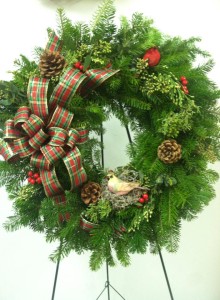
Think about all your options: masculine, feminine, natural, contemporary, traditional, glitzy and many others. If you like an old-fashioned feminine look, try a Victorian wreath with soft pinks and ivories intertwined with pearl ribbon. Want a rustic look? Achieve the rustic look with pheasant feathers, natural fiber ribbon and feather covered balls incorporated in a grapevine wreath. Use your imagination when creating a Christmas wreath. Remember the seventies and the tinsel tree with it’s light and rotating color wheel. Retro is in; borrow the seventies concept by making a tinsel wreath using colorful ornaments and little sparkling lights.

Fashion Is My Thing Christmas Wreath
“Babes in Toyland” is a movie shown around the holidays. With this in mind, a novel idea would be to take components of that movie and integrate them into a Christmas wreath. Work a toy soldier, a teddy bear, a jack in the box and other toys around a
wreath so they appear like they are matching in step one after the other. If you enjoyed the Williamsburg Christmas in our November 2002 newsletter, then the placement of fruit on your wreath can give you the right effect. The possibilities for a Christmas wreath are endless and a great way to present your personality to the world, or at least to your neighborhood.

Another distinct but somewhat different type of Christmas wreath is the Advent wreath. The Advent wreath is a marvelous indoor display of tradition and simplified beauty. Yet, because it is trimmed in long-lasting greenery it still lends itself to some personalization. For those stimulated by their olfactory sense, choose an Advent wreath with fragrant eucalyptus or cypress. You will achieve both an amazing aromatic quality, and a astounding textural effect with these greenery options. For the visually stimulated person, a glossy leaf holly with red berries will highlight your Advent wreath with its contrasting red and green. Adventurous at heart, discuss unusual greenery with your local florist and develop you own greenery options. The key is to remember tradition can be accomplished without losing your own personality.
It seems like Christmas is the only time we think about using a wreath. We dress our front door elaborately for the Christmas holiday just to strip it of all its glory the minute the holiday is over. Why? We can and should dress our door all year long. A holiday wreath could be used for the other numerous holidays throughout the year.
Make your Valentine’s Day more romantic with a wreath draped in beautiful red velvet ribbon and opaque pearl hearts. Greenery such as ivy and shamrocks, a leprechaun, and a pot of gold tucked in to a grapevine wreath will make St. Patty proud. A wreath with colorful eggs and bunnies made by your children will be a whimsical Easter display and a sentimental keepsake. Placement of a dried hot pepper wreath on your door will spice up your celebration of Cinco de Mayo. The ability to place a wreath on your door every holiday is only limited by your imagination. So let your hair down and be creative.
A door wreath can be more than a holiday accoutrement. The floral wreath can be a great bridge between the holiday wreaths. A remarkable quality of the floral wreath is the use of permanent flowers. The worry of “what is in season” is eliminated with the use of permanent flowers. You can personalize your floral wreath with your signature flower. If hydrangeas are your thing, make a dried hydrangea wreath. The culinary master might want a floral wreath containing dried herbs or fruits. For the sentimental bride, have your bridal bouquet flowers dried and incorporated into a wreath for your newlywed home.
The possibilities are never-ending when it comes to creating a wreath. You can change your wreath seasonally, use it only on holidays, or create special celebration wreaths like a baby wreath announcing the birth of a child. Just remember to always add your personal touch.
There is always a way to personalize your wreath. So drop in on your local profession florist and discuss your ideas. Whether the florist creates your wreath or supplies you with the tools needed to create a wreath, you can be sure that you will have a wreath with style and personalization.
Click here to find a florist to create one of the wreaths mentioned above.
For more Christmas ideas read:
Yuletide Berries, Holly & Mistletoe.
Deck the Halls
A Night Before Christmas.
Christmas Decorating Ideas.
Christmas Cactus, Paperwhites, Narcissus, & other Holiday Plants.
Author: Jamie Jamison Adams


 Find Your
Find Your 
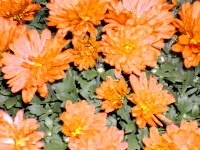
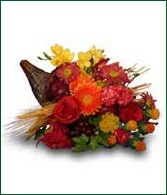
 Weddings are a wonderful place to use gerbera daisies. To make an outstanding statement of beauty the trendsetting brides could carry a gerbera daisy wedding bouquet. At the reception, gerbera daisies could be used in the table arrangements, bride’s book, and even on the cake.
Weddings are a wonderful place to use gerbera daisies. To make an outstanding statement of beauty the trendsetting brides could carry a gerbera daisy wedding bouquet. At the reception, gerbera daisies could be used in the table arrangements, bride’s book, and even on the cake.


